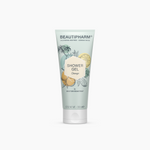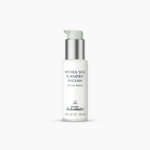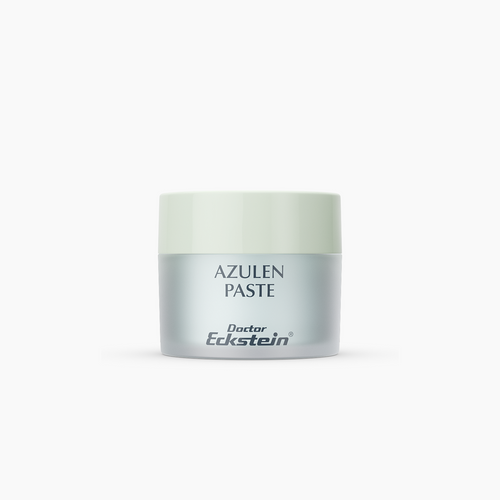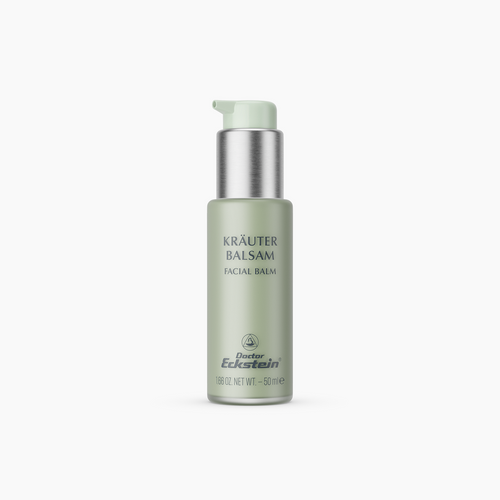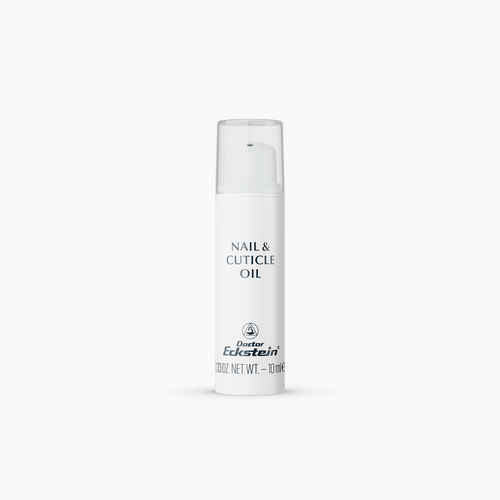Did you know that over 20 billion cell divisions occur continuously in our body in order to regenerate cells, cell tissue, organs and, thus, our entire organism? In this manner, our organism regenerates itself about every seven years– and does so throughout our lives. So then why do we age? Over the years, cells and cell tissue no longer rebuild optimally. The quality of the cells – and the associated organs – decline with the passage of time. The life cycle of a cell also diminishes from about 101 days in childhood to about 46 in mature adulthood. This is the natural process of aging.
What’s the impact on our skin?
A slowdown in the cell division of skin reduces the amount of subcutaneous tissue, and the number of capillaries and sweat glands. As a result, sweat and sebum production, and the skin’s ability to retain moisture, are reduced. The thickness and elasticity of the connective tissue also declines. The first visible signs of this process usually appear by about age 40; the complexion is no longer as moist and smooth, and the first signs of wrinkles appear. External stressors, such as lack of sleep, time and performance pressure, and extreme weather and environmental conditions can accelerate these processes.
What can be done about it?
Proper skin care can effectively delay early signs of skin aging and reduce the severity of already visible impact. Beginning early in the aging process we should respond to our skin’s changing needs and switch to richer skin care products. With their high-doses of active ingredients, these products help the skin to regenerate, store moisture, regain elasticity and firmness, and protect against cell-damaging free radicals (oxidants).
Anthocyanins - effective protection against premature skin aging
Active ingredients with antioxidative qualities are particularly effective at preventing early skin-aging. These include anthocyanins, which are extracted from the cellular fluid of plants. The oxidative power of anthocyanins is many times stronger than that of vitamin C and vitamin E, both of which are currently the most frequently used free radical fighters in cosmetic products.
In order to ensure stability and offer optimal protection from negative environmental factors, it is important to combine anthocyanin with other anti-oxidants in cosmetics. To help decide which anti-oxidant partners to work with, it helps to take a look at those that appear naturally in plants with anthocyanins. If the proportions are roughly similar, it’s possible to create stabile formulas using anthocyanin.
Anti-Aging with Aronia
The use of anthocyanins from aronia berries is still relatively new in cosmetic products. Aronia has one of the highest anthocyanin levels of any fruit to date, making it a potent supplier of this anti-aging ingredient.
Otherwise known as the black chokeberry, aronia melanocarpa, belongs to the rose family of plants and is native to eastern North America. The indigenous people used the leaves for tea and the bark and fruit for their astringent properties.
After a time, the plant was then discovered by practitioners of European natural medicine. It has only been in the past few years, however, that the plant’s health-promoting effects have been explored in detail. Recent studies have clearly demonstrated the fruit’s power to protect the cardiovascular system, the gastrointestinal tract and the liver. Moreover, it has been shown to support the immune system, have antimicrobial properties and even inhibit the growth of certain cancer cells. A true superfood for body and skin.
Wishing you happy skin,
Dr. Verena Eckstein, ND
Disclaimer: The purpose of this blog is to share interesting scientific literature and skin care tips. This blog is not intended to provide diagnosis, treatment or medical advice. Content provided on this blog is for informational purposes only. Please consult with a physician or other healthcare professional regarding any medical or health related diagnosis or treatment options. Information on this blog should not be considered as a substitute for advice from a healthcare professional. The statements made about specific products are not to diagnose, treat, cure or prevent disease.
